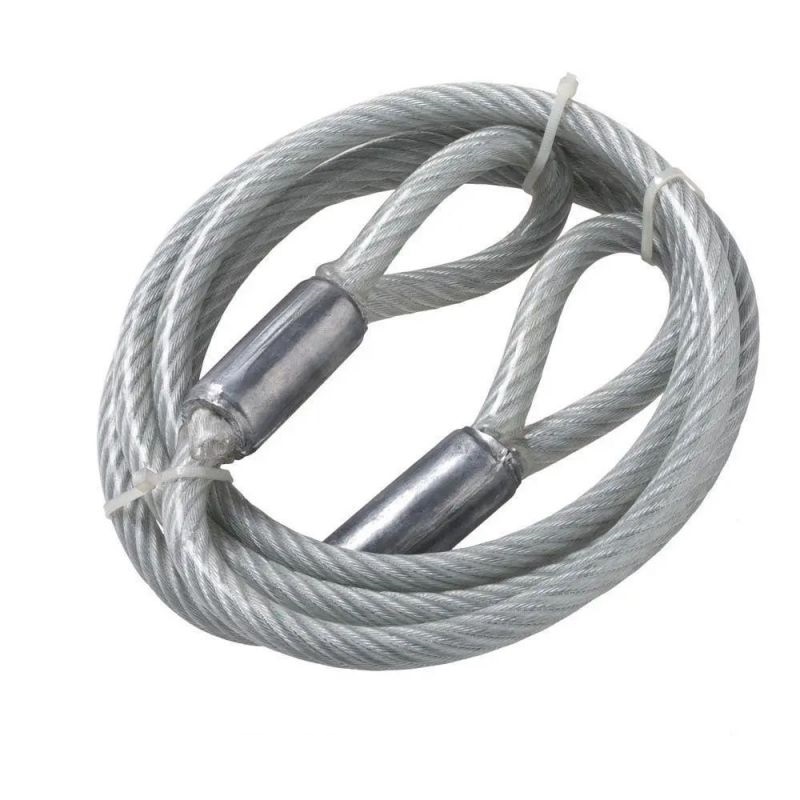
Stainless wire ropes are vital for their strength and corrosion resistance. Blogs offer insights for professionals and DIY enthusiasts on their uses and benefits. Here’s what you can typically expect to find in these blogs:
Primary Element: stainless steel Forms the bulk of stainless steel.
Content: Varies, often between 8% to 14% in austenitic stainless steels.
Function: Enhances corrosion resistance, toughness, and formability. It also stabilizes the austenitic structure, making the steel non-magnetic.
Content: Usually very low, less than 0.08% in most grades to prevent carbide precipitation.
Function: Provides hardness and strength. Low carbon content is crucial to maintain corrosion resistance in welded structures.
Content: Usually less than 2%.
Function: Improves strength and hardness. In some stainless steels, it also stabilizes the austenitic structure as a partial substitute for nickel.
Content: Ranges from 2% to 3% in many stainless steels.
Function: Enhances resistance to pitting and crevice corrosion, especially in chloride environments. Often used in marine applications.
Content: Typically less than 1%.
Function: Enhances strength and oxidation resistance, especially at high temperatures.
Content: Small amounts, usually less than 0.1%.
Function: Improves mechanical strength and resistance to pitting and crevice corrosion.
Composition: High chromium (16-26%) and nickel (8-14%) with low carbon.
Properties: Non-magnetic, excellent corrosion resistance, good formability and weldability.
Applications: Food processing equipment, chemical tanks, kitchen utensils, medical devices.
Composition: High chromium (10.5-27%) with little or no nickel.
Properties: Magnetic, good corrosion resistance, lower ductility compared to austenitic steels.
Applications: Automotive trim, industrial equipment, kitchenware.
Composition: Moderate to high chromium (12-18%) with higher carbon content.
Properties: Magnetic, high strength and hardness, moderate corrosion resistance.
Applications: Cutlery, surgical instruments, turbine blades.
Composition: Balanced austenitic and ferritic structure, with 22-25% chromium, 4-7% nickel, and 2-3% molybdenum.
Properties: Higher strength and better stress corrosion resistance than austenitic steels, improved toughness compared to ferritic steels.
Applications: Oil and gas industry, chemical processing, marine environments.
Composition: Contains chromium, nickel, and copper.
Properties: High strength and hardness through heat treatment, good corrosion resistance.
Applications: Aerospace components, high-strength fittings, nuclear waste casks.
Copper (Cu): Sometimes added to improve corrosion resistance and workability.
Titanium (Ti) and Niobium (Nb): Added to stabilize carbon and prevent carbide precipitation during welding.
Stainless steel’s versatility and range of properties make it suitable for a wide array of applications. Its composition can be precisely controlled to meet the specific requirements of different environments, from everyday kitchenware to highly specialized industrial equipment.
Stainless wire ropes are vital for their strength and corrosion resistance. Blogs offer insights for professionals and DIY enthusiasts on their uses and benefits. Here’s what you can typically expect to find in these blogs: